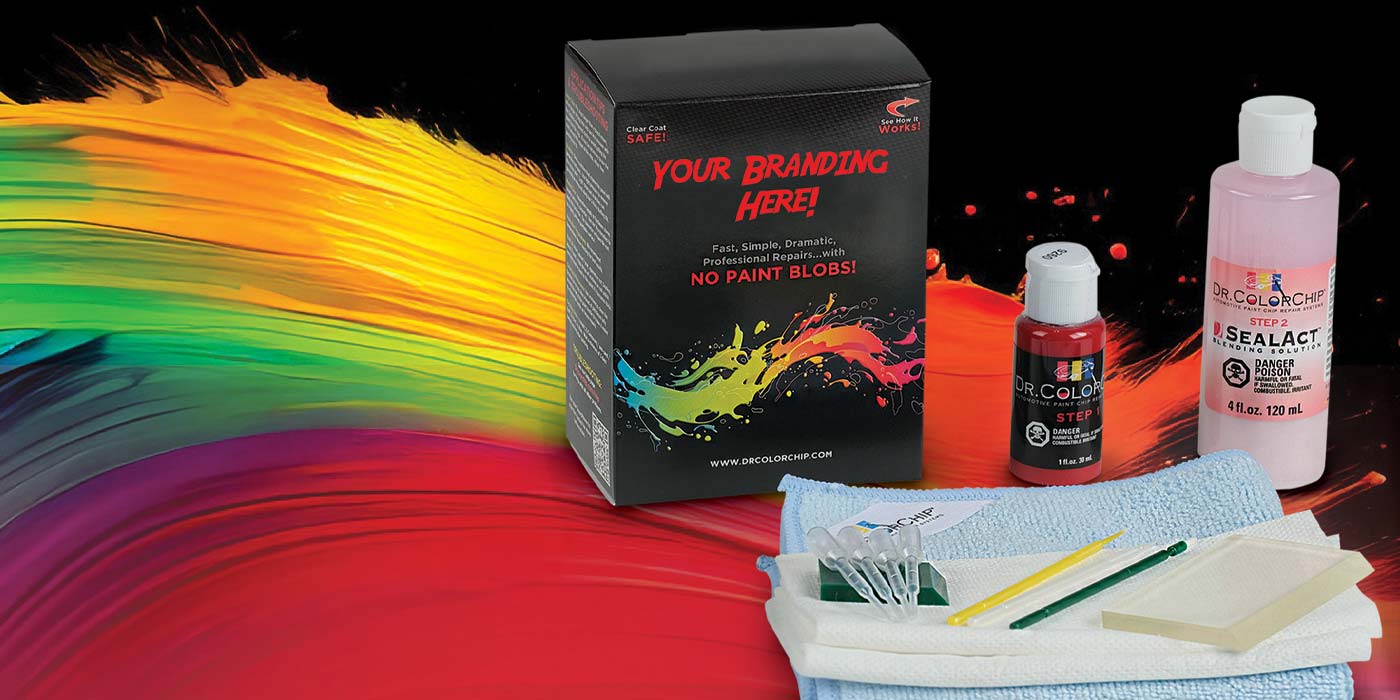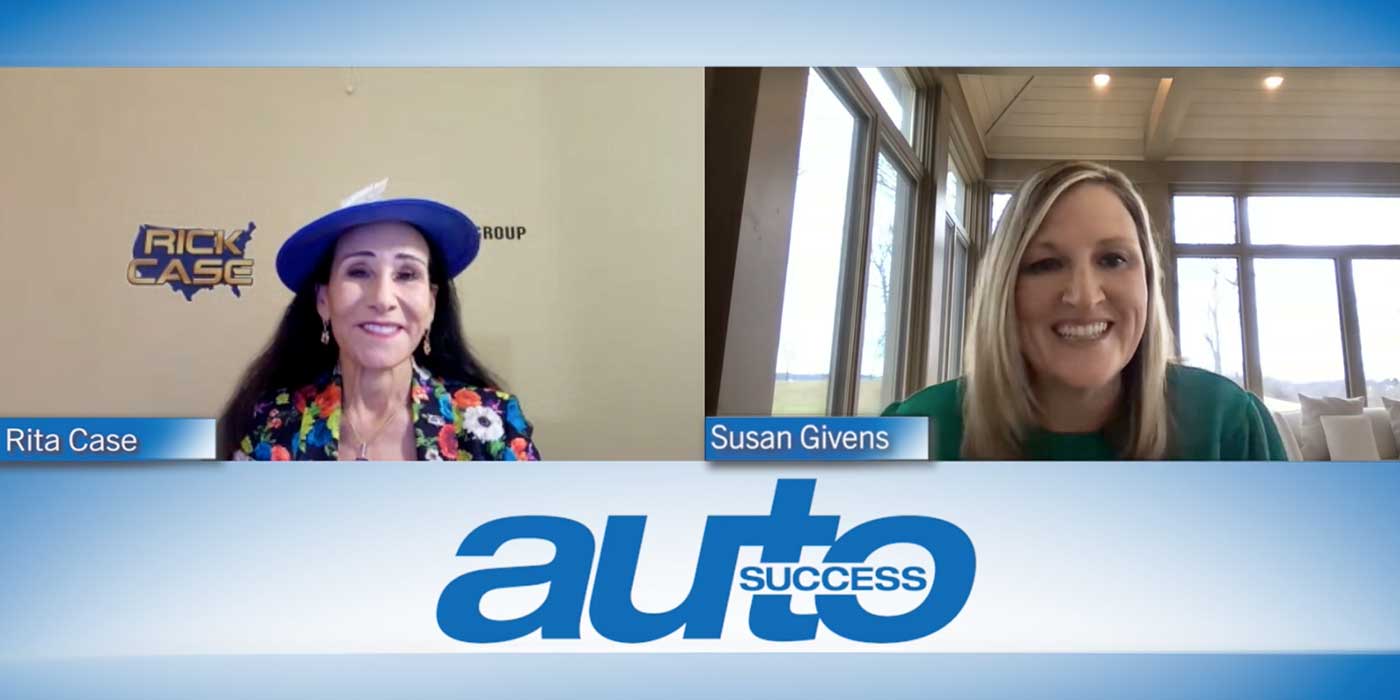How to Hire the Right People, Lean Into Your Purpose and Foster a Leadership Curriculum That Will Bring the Best Out of Your Team
Let’s indulge in semantics for a moment. A manager is someone who instructs or controls a group of people. They delegate tasks, oversee projects or organize a team. Managers are important, certainly. They keep the lights on for business to run as usual.
However, when you want to do more than keep the lights on, you need leaders, not managers, to pull the organization forward. Leaders inspire, nurture and guide their team toward a common goal. It can take some groundwork to pivot an organizational structure to create leaders versus managers, but over time you’ll see the payoff in driving revenue to the top. Here’s how to start.
Step 1: Hire the Right People
When searching for the right people, be future-focused. Rather than hiring someone to fill the open position, hire people who will help drive the business in the right direction. While you have open positions today, in the future there will be more openings, new challenges and opportunities. Bring in the person who you see growing into that next step — both in their own career and your business’ future.
Use a standardized interview process to help your hiring managers find the right talent who can add to your business’ culture and personally succeed in the role.
Emotional intelligence-based evaluation versus standard IQ is preferred. Standardized IQ is easy, but that doesn’t translate into success in an organization.
Don’t discount your gut feeling during the interview process. As an emotionally intelligent leader yourself, you’ll be able recognize certain attributes in your candidates. Do they have grit? Are they hungry, humble and smart? Or are they just surface-level charming?
There will be candidates out there who are “toxic achievers.” Yes, they look good on paper and will hit performance metrics but if they don’t believe in your organization’s culture and purpose, they’re a short-term solution to fill an open position and not a future leader.
Step 2: Be Clear About Purpose
Once you have the right players on your team, be clear and consistent in immersing them in the culture and purpose of your business. It’s not about what you’re doing, but how you’re doing it and why. That’s what really matters to people — whether they’re employees or customers.
Hone in on your true focus and think about how you can create a clear message to spread throughout your organization. Don’t you dare spread this in a memo — evangelize it and live it yourself.
Your purpose is your guiding north star and cultural compass. Whatever the message is, it should be carried throughout everything you and your business does. If everyone in the organization really leans into the culture, you’ll not only grow great leaders primed to achieve your specific goals, but your team could become a force to be reckoned with in the industry.
Step 3: Have a Leadership Curriculum
A quick recap so far: Bring in the right people, get everyone singing the same tune, and what’s left is to build the curriculum that will keep everyone growing and developing into the future.
The model of plugging an employee into a position, letting them flounder and hoping they succeed simply doesn’t work in the long-term.
Career development and pathing starts on day one when a new employee is hired. (Remember, you hired that person for the future, not just the open position, so think outside their job description.)
As a leader, it’s your job to cultivate the skills and career path of others, the learners. The leader is responsible for initiating the process and setting the tone of the conversation. From there, the employee is the driver of where the development path goes.
This is the basic framework for situational leadership. It’s a cultural mindset where everyone owns their own career development and is both a learner and leader in some capacity.
Once you have a culture where everyone is either a learner or leader, you’re set up to develop new generations of leaders, instead of managers. Those leaders can help drive your culture, organization and revenue forward in the right direction.
Gabe Garroni













